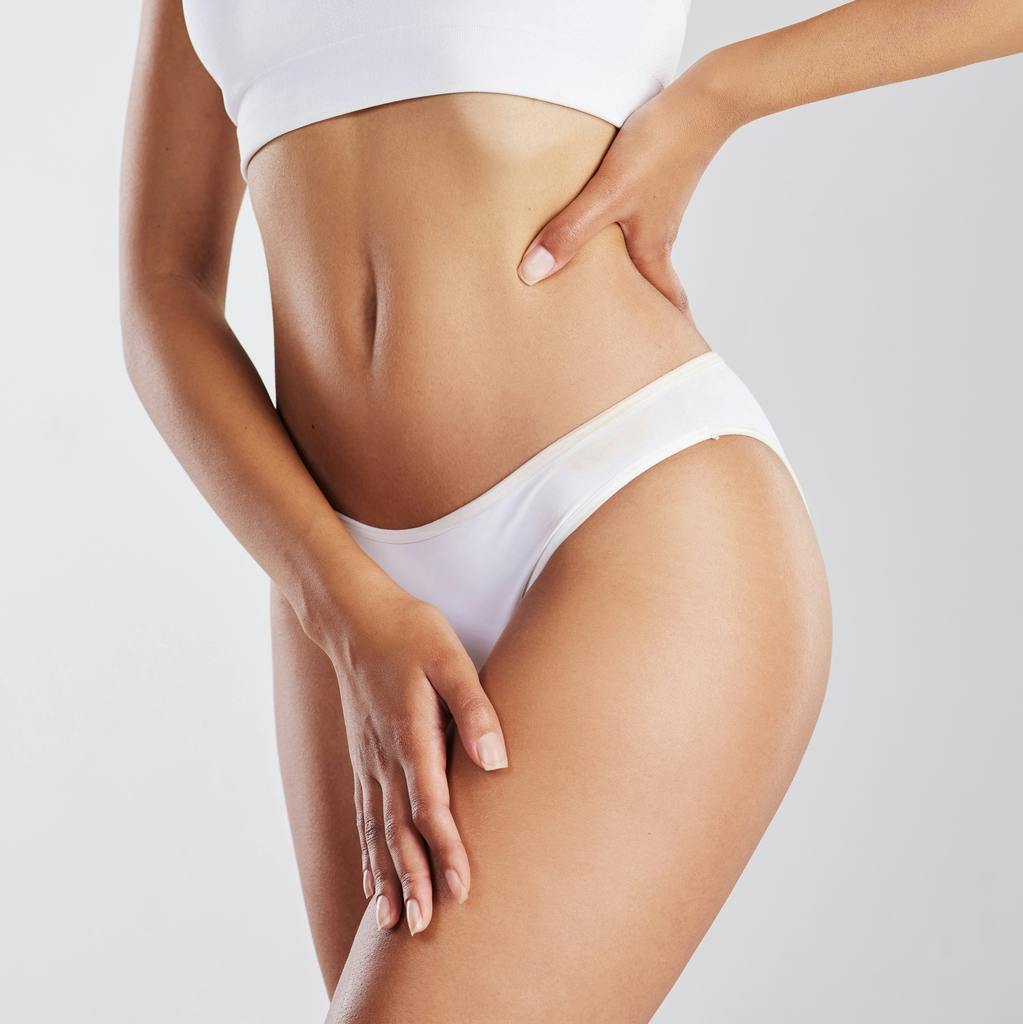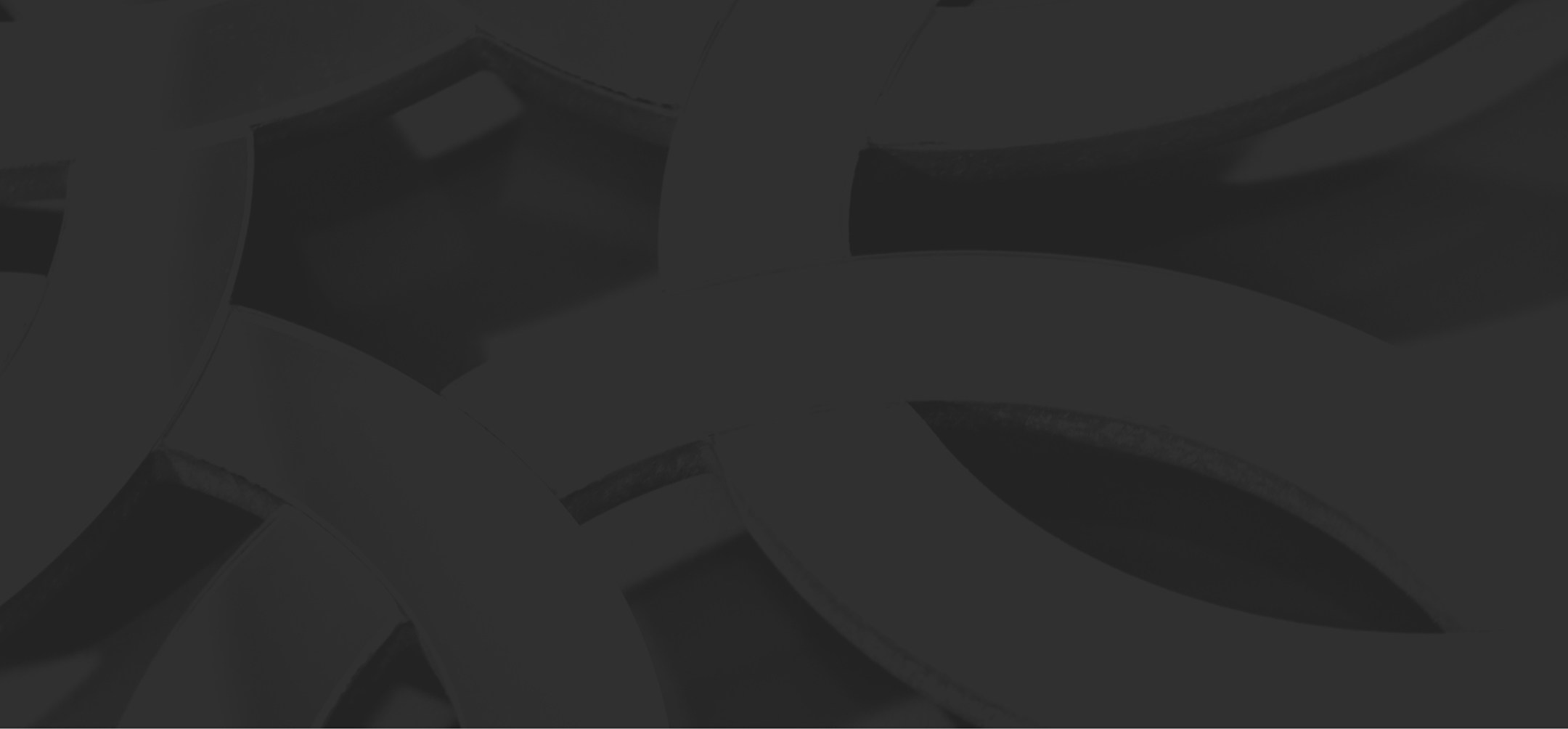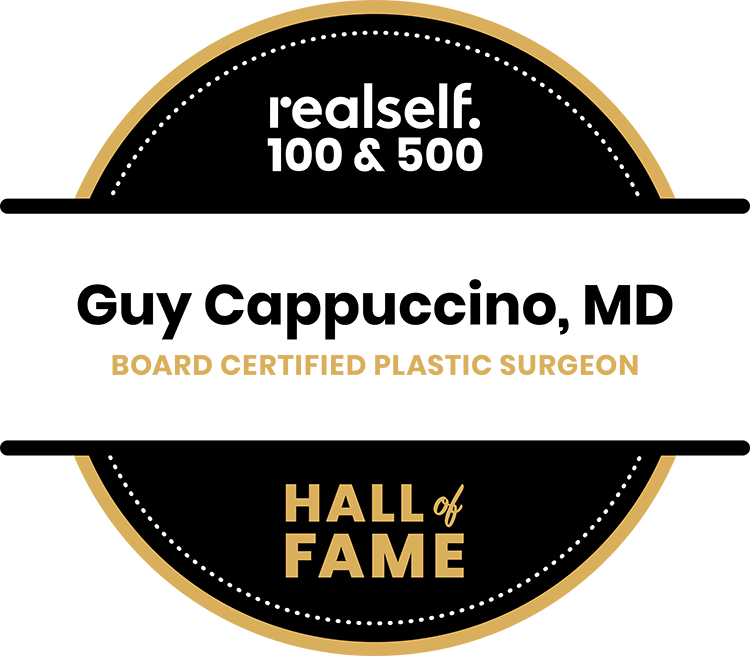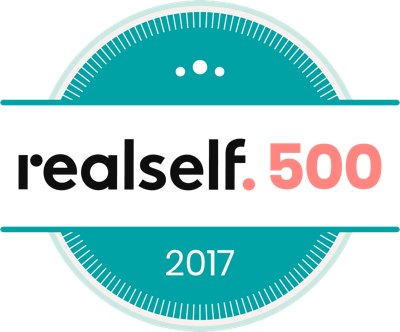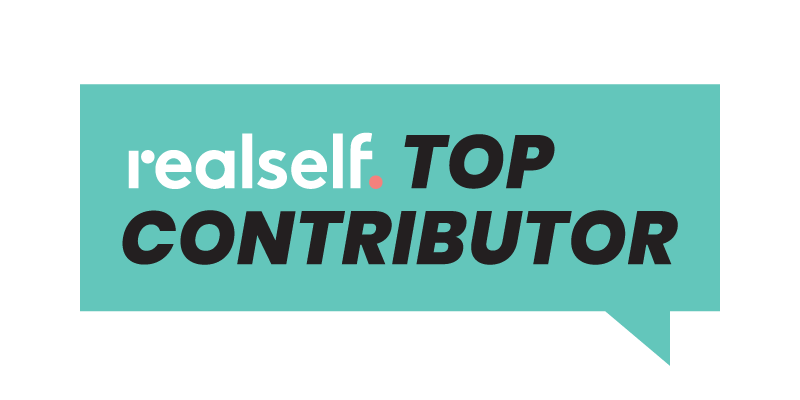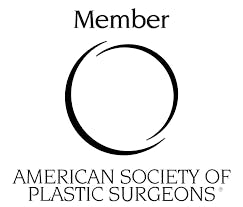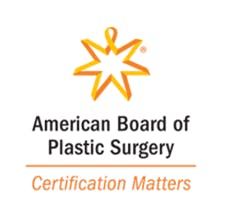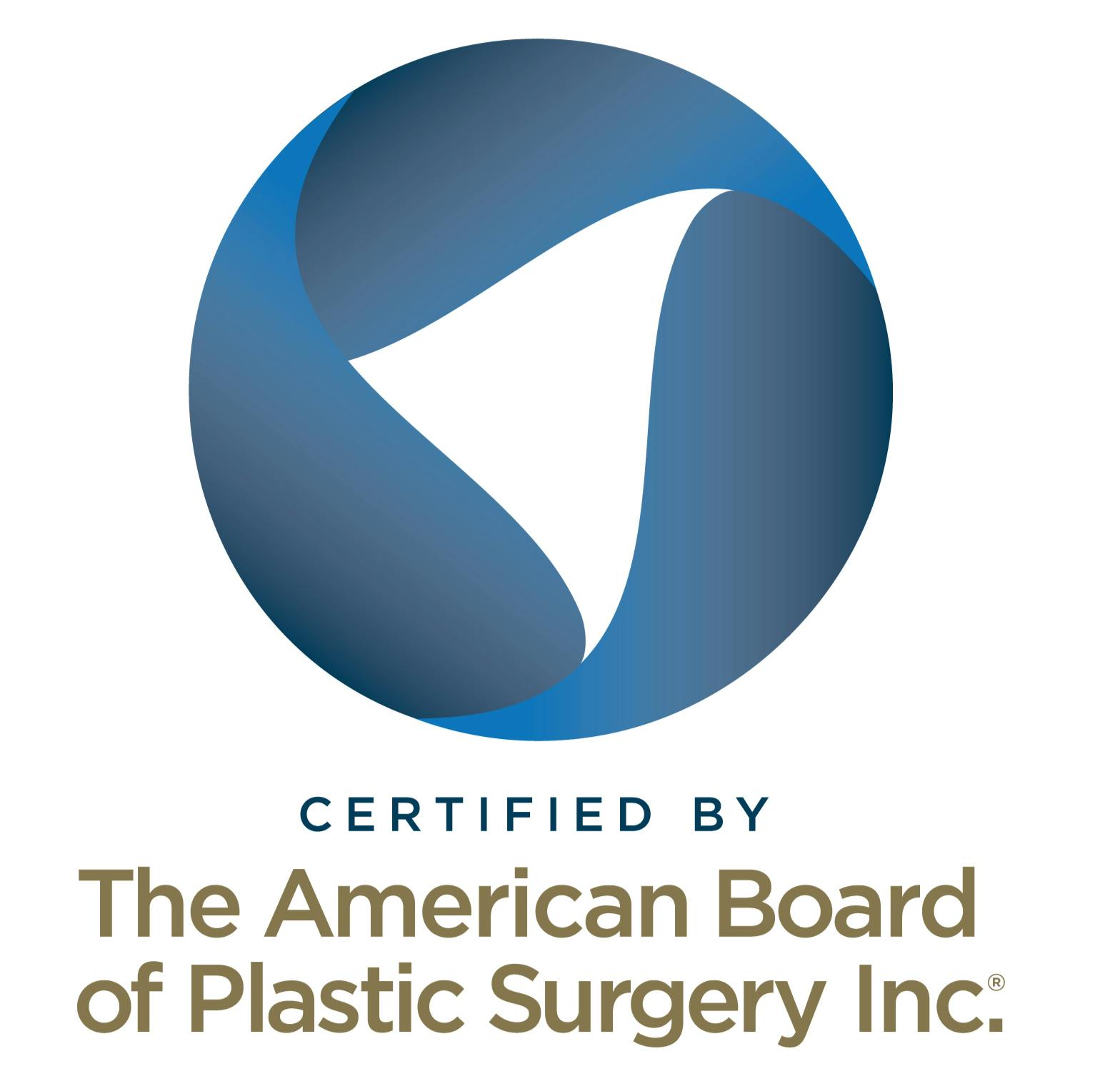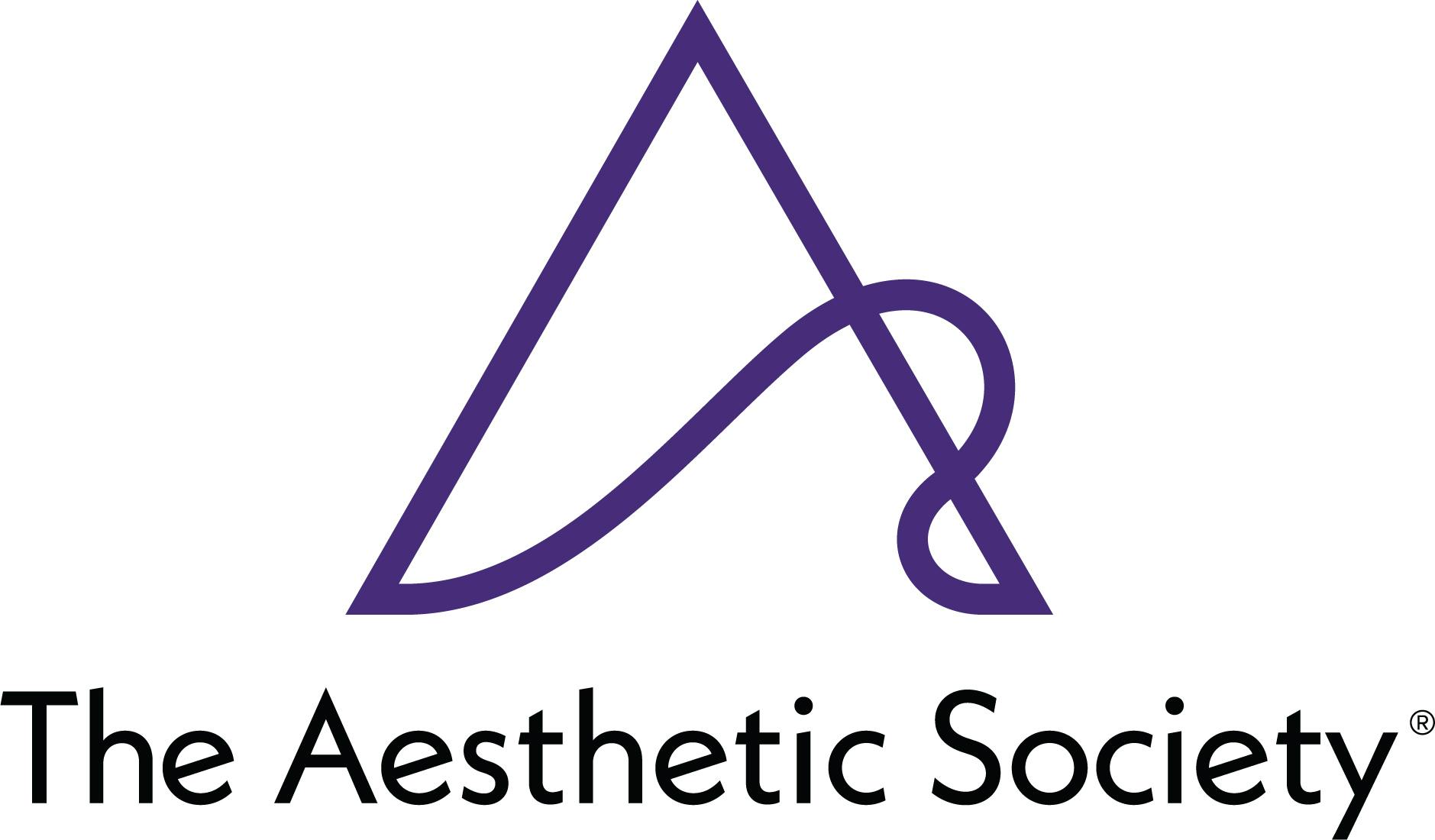Fat transfer, also called fat grafting, is a popular treatment method that enables patients to achieve a boost in volume in certain areas of the body while reducing fat in others.
What areas can be addressed with a fat grafting procedure?
Fat grafts can be employed in multiple areas of the body, including the face, breasts, and buttocks.
Facial fat grafting can have incredible benefits for the eyelids, cheeks, midface, temples, lips, smile lines, nasolabial folds, and other areas. Facial fat grafting procedures aim to fill hollows under eyes, smooth out fine lines, restore lost volume in the cheeks, and increase lip fullness.
Another common treatment area is the breasts. Breast fat transfer is designed to increase breast volume and improve breast contours, giving the patient a more aesthetically appealing silhouette. Breast fat transfer can be carried out either alone or in combination with a breast lift procedure. Fat can be transferred either by itself or alongside implants to achieve the patient’s desired look.
Fat grafting is also a great treatment for scars, as it can treat depressed scars and soften any unwanted contours across the entire body.
Dr. Cappuccino tailors every fat transfer treatment plan to address the patient’s specific concerns. Fat grafts can also be incorporated into other surgical procedures as a way to achieve more pronounced enhancements.




